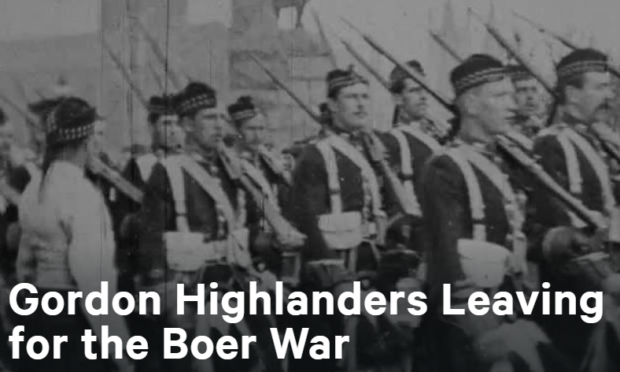More and more people have shifted their viewing habits online as they while away the hours at home during lockdown.
But for those who have perhaps now exhausted the vast reserves of TV shows and films on the likes of Netflix, BBC iPlayer and Amazon Prime then the British Film Institute (BFI) archive may offer something a bit different in terms of entertainment.
The collection is described as “a fascinating record of the history filmmaking, and a document of life in the UK”.
Delving into the hours of footage from across the north and north-east in decades past will undoubtedly provide many people with glimpses of relatives going about their business years ago, as well as a blast of nostalgia.
The videos, which are free to view and have been preserved for their historic interest, feature everything from the Gordon Highlanders setting off to the Boer War in 1899 to a snapshot of life in Aberdeen at the beginning of the oil boom in the 1970s.
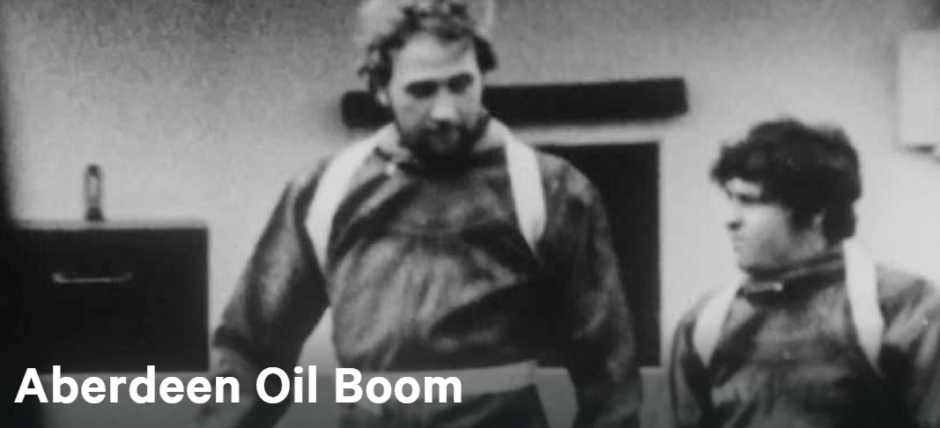
In the north, a children’s adventure movie set in Wick is available to watch while a 1973 rally race around the Cairngorms is captured in all its thrilling glory.
The Press and Journal has picked out some of the most interesting videos which may appeal to readers across the north and north-east.
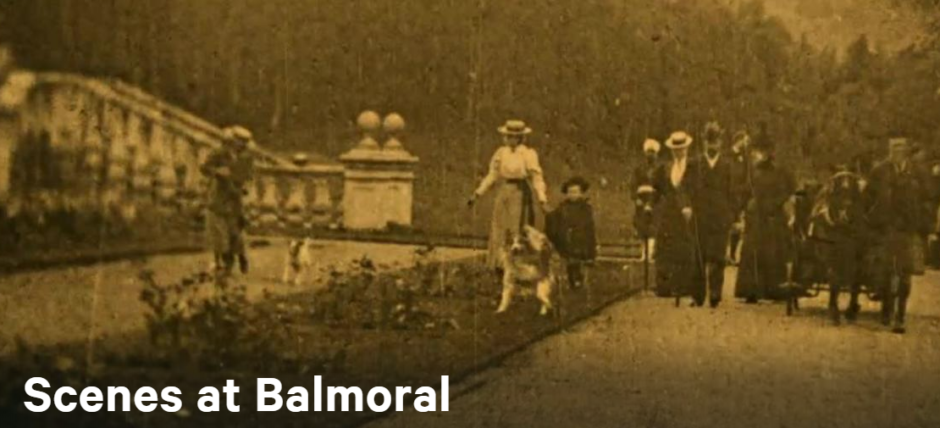
It was the first time Victoria had ever been recorded on film.
The one-minute clip shows the Queen, who had been on the throne for almost 60 years then, being transported around the grounds in a carriage with a dog in her lap alongside Tsar Nicholas II of Russia and his wife, the Tsarina.
Evidently amused by the cutting-edge technology, the monarch noted in her diary that the filming was “a very wonderful process” and expressed wonder at the way the cinematograph captured people’s “movements and actions as if they were alive”.
The infantry regiment is seen parading by the foot of the William Wallace statue, erected 11 years earlier, as the soldiers prepare to depart for South Africa.
A much different time, young men puff on tobacco pipes as they pass and a little tyke can be seen receiving an unwelcome whack in the head with a stick for getting in the way.
After the procession is over, some curious youngsters are recorded gazing into the camera.
A silent 32-minute film from 1906 depicts Edward VII and Queen Alexandra opening new buildings at Marischal College to celebrate the 400th anniversary of Aberdeen University.

The National Film and Television Archive footage shows horses and carts trundling through the cobbled streets of the Granite City, before the King and Queen are greeted by a huge crowd.
Hostilities between north-east fishing crews and their continental counterparts have flared up several times in recent years, but a film from Aberdeen Harbour in 1923 demonstrates how this is nothing new.
The jerky newsreel footage shows “300 Aberdeen trawlers idle because German trawlers are dumping fish”. Another story board states that “fishermen line the quay to repel the German invasion”. And it ends with the “enemy trawler in flight”.

Royal visits often caught the attention of fledgling film crews and King George V is captured at the Braemar Gathering in images from 1925.
Shetland’s Up Helly Aa fire festival has remained remarkably unchanged through the years, as a video from the 1927 spectacular reveals.
Newsreel company Gaumont Graphic made the film, which the BFI describes as “beautifully filmed and brilliantly bizarre”.
Alongside the Viking-inspired festivities such as a torchlight procession, a fancy dress parade features revellers dressed as walruses, cavemen, dalmatians, convicts and the Michelin Man.
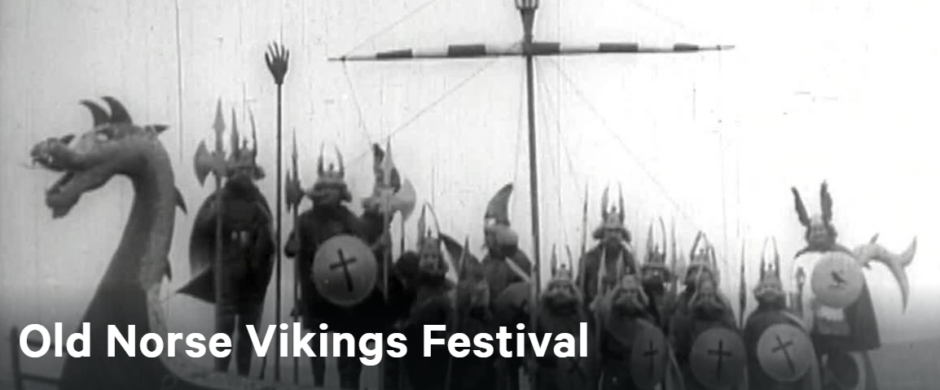
Amateur filmmaker William Henry George captured some evocative scenes representing daily life for a crofting family on the Isle of Harris in 1938, while an early colour film produced that year by the Scottish Educational Film Association explores salmon fishing on Skye.
Another shows the bustling Aberdeen fish market as it was in 1950, while a poignant piece from 1958 focuses on the last line fisherman in Collieston on the north-east coast.
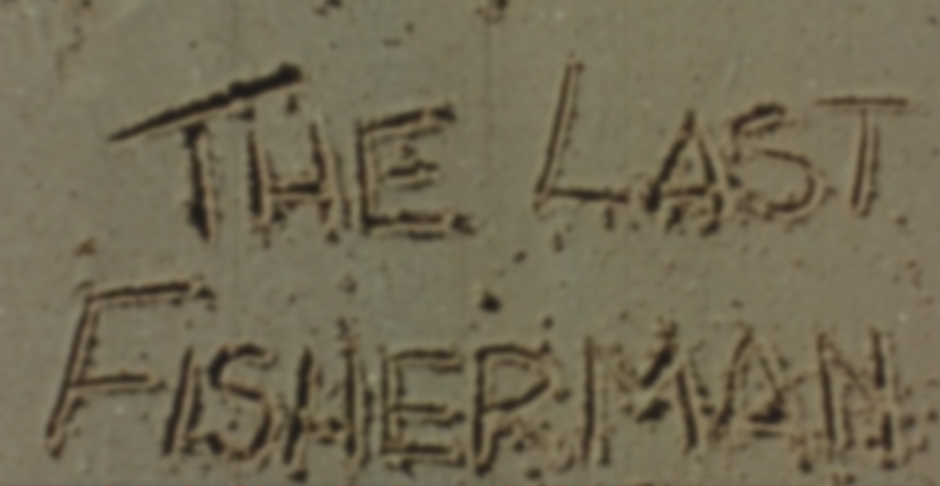 The Hunch, a low-key movie about a group of youngsters who get stranded on an abandoned luxury yacht out at sea, was filmed around Wick Harbour in the late 1960s.
The Hunch, a low-key movie about a group of youngsters who get stranded on an abandoned luxury yacht out at sea, was filmed around Wick Harbour in the late 1960s.
Scottish actor Alex Norton, who would find fame in Taggart and other major TV dramas in later years, stars in it while just a teenager.
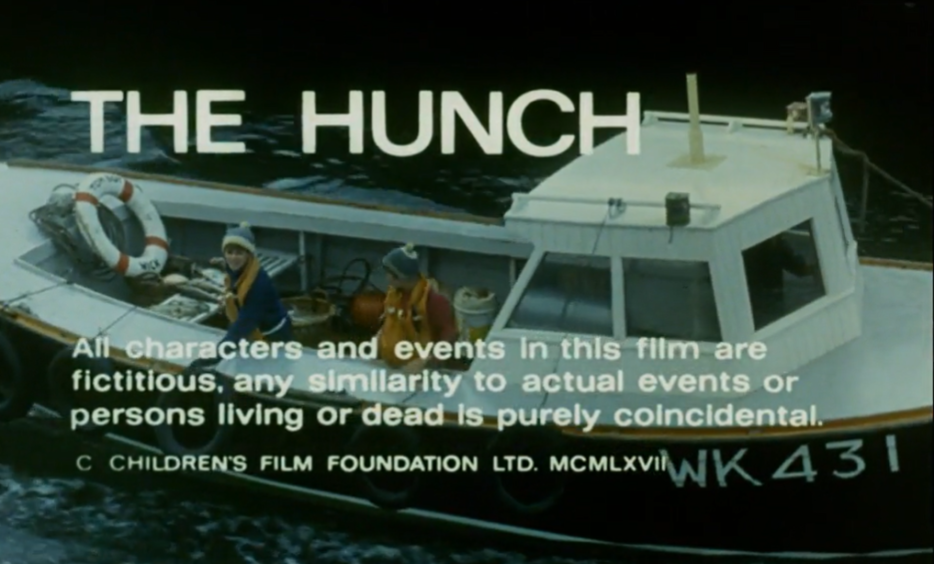 Aberdeen Oil Boom was produced by the government’s Central Office of Information (COI) and distributed to overseas audiences as part of the magazine series This Week in Britain.
Aberdeen Oil Boom was produced by the government’s Central Office of Information (COI) and distributed to overseas audiences as part of the magazine series This Week in Britain.
It begins with a voice-over stating: “Aberdeen is a dour city on the north-east coast of Scotland. Its hard granite face is a match for the hard norther weather that rakes it for most of the year.”
Clips of hard graft on board the rigs are then interspersed with footage of daily life offshore, with workers relaxing by playing darts or tucking into meals.
